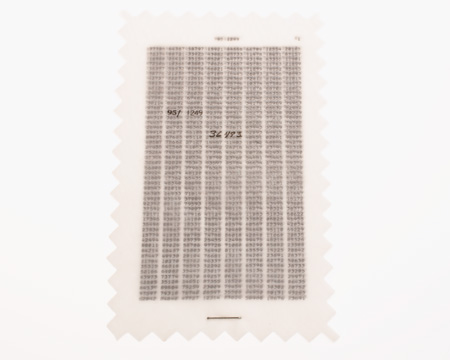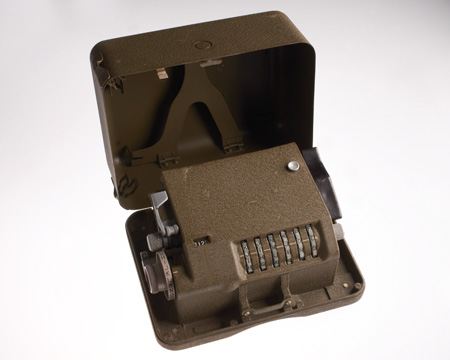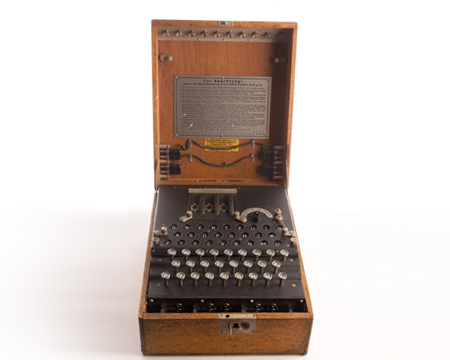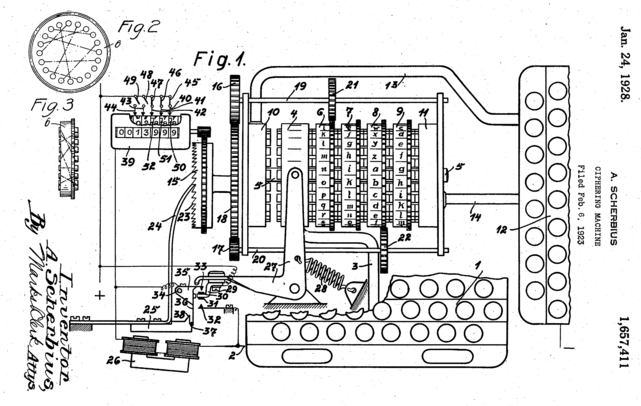CIA Museum Code Breaking Gadgets & Devices
One Time PadOne Time Pads (OTPs), could be as small as a postage stamp and could arrive with an agent in the field hidden in something like a hollowed out coin. They were also made of easily disposable material such as highly flammable cellulose nitrate film. The example displayed is 10cm x 6cm and would have been used to encode or decode an agent. Each OTP would be made of two sheets, one for the encoder and one for the decoder. Each sheet includes a key of five random numbers. Once a sheet is used to encode a message, the sheet is destroyed. Encryption is virtually unbreakable.
|
Cipher MachineDesigned by a Swedish businessman and inventor of encryption machines, Boris Hagelin. This version of the Cipher Machine was the M-209. The system featured rotors that, once turned, would match up encoded and decoded numbers to reveal the hidden message. The M-209 was widely used in the Second World War.
|
Enigma 72In 1918, German engineer Arthur Scherbius and Richard Ritter approached the German Navy and Foreign Office with a design for Scherbius’ Cipher Machine. Neither were interested. Fortunately, the banking industry was, and a small market developed. However, it was not until the late 1930s that the best use of the device was fostered by the German military.
|
As far as electro-magnetic cipher machines that use rotors to encrypt and decrypt secret messages go, the Enigma was the most advanced. Although the Polish authorities managed to get an Enigma Machine to the British before the start of the Second World War, the Nazis continually updated and modified the equipment. Britain gathered its best and brightest code-breakers at Bletchley Park, which was part of the Special Operations Executive’s locations, and they set about breaking and decrypting codes. After the War, British Prime Minister Winston Churchill claimed the Codebreakers had shortened the conflict by two years.




